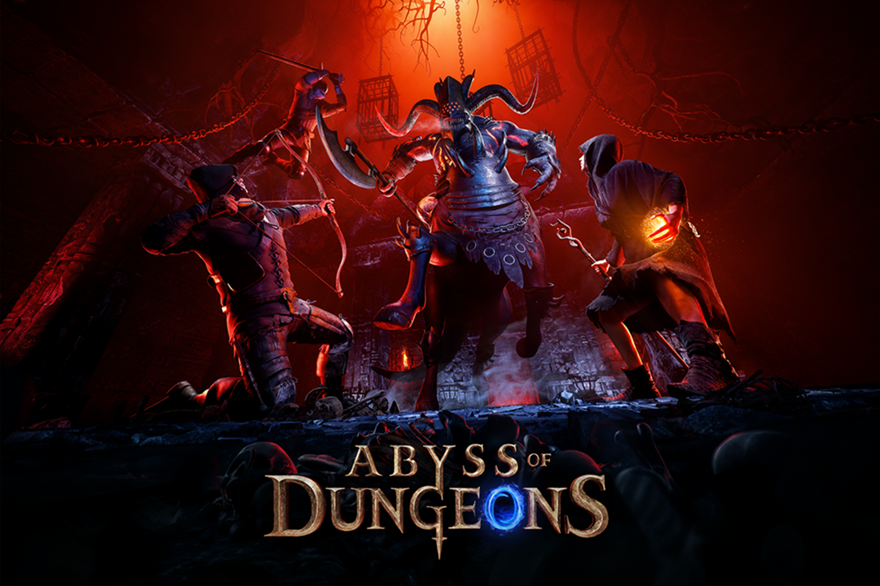
أهمية ميزة "تتبُّع أثر الشعاع" على الأجهزة الجوّالة
توفّر تقنية "تتبُّع أشعة الضوء" إضاءة وانعاكسات وظلالًا واقعية لتحسين تجارب مستخدمي Abyss of Dungeons في عالم الخيال المظلم. على الرغم من أنّ الرسومات المذهلة من العناصر المهمة في الألعاب على الأجهزة الجوّالة، إلا أنّ تحقيق أثر عالي الدقّة، مثل الرسومات المستندة إلى تقنية تتبُّع أشعة الضوء، كان يشكّل تحديًا كبيرًا. في السابق، كانت قيود الأداء في ألعاب الأجهزة الجوّالة تحدّ من استخدام تقنيات التقديم المتقدمة، ما يفرض إجراء تسويات في الجودة المرئية مقارنةً بتجارب ألعاب الكمبيوتر الشخصي ووحدات التحكّم في الألعاب.
تهدف لعبة Krafton Abyss of Dungeons إلى التغلب على هذه القيود. كان الهدف من ذلك دمج تكنولوجيا تتبُّع أشعة الضوء، التي تُستخدَم عادةً في منصّات الأداء العالي، في الإصدار المخصّص للأجهزة الجوّالة من Unreal Engine 5 (UE5). سعى هذا المشروع إلى تحسين تجربة اللعب بشكل كبير من خلال تقديم رسومات أكثر واقعية وغنية بصريًا على الأجهزة الجوّالة. كان على الفريق معالجة نقاط الأداء المنخفضة، وتعديل قنوات العرض المعقدة، مثل Lumen في Unreal Engine 5، وضمان الثبات على الأجهزة الجوّالة المختلفة، ما يشكّل خطوة مهمة نحو توفير رسومات بجودة وحدات التحكّم في الألعاب على الأجهزة الجوّالة.
القفزة المرئية من التقطيع إلى تتبع الأشعة
إنّ التجميع العادي هو المعيار لعرض الصور على الأجهزة الجوّالة بسبب سرعته. وهي تعرِض الأجسام الثلاثية الأبعاد على شاشة ثنائية الأبعاد بكسلًا تلو الآخر. هذه الطريقة فعالة، ولكنها تبسط تفاعلات الإضاءة، ما يؤدي إلى ظهور ظلال وانعاكسات أقل واقعية.
توفّر تقنية تتبُّع الأشعة نهجًا مختلفًا. تحاكي هذه الطريقة مسار شعاع الضوء الفعلي وتحسب تفاعلاته مع الأجسام. ويؤدي ذلك إلى إنشاء إضاءة وظلال وانعكاسات فائقة الدقة والواقعية. ومع ذلك، فإنّ هذا الواقع المعزّز يتطلب كثافة حسابية عالية. يتطلّب احتساب مسار كل شعاع ومقدار تفاعله مع الأجسام قدرة معالجة كبيرة.
مقارنة بين التظليل وتقنية "تتبُّع أثر الشعاع"
يلخِّص الجدول التالي الاختلافات الرئيسية بين التجميع المسحّبي وطريقة تتبُّع الأشعة:
| الميزة | التحويل إلى صور نقطية | تقنية تتبع أثر الشعاع |
|---|---|---|
| السرعة | سريعة | سرعة بطيئة |
| درجة الواقعية | منخفض | جودة أعلى |
| استخدام الموارد | ضعيفة | مرتفع |
تُشكّل كثافة الموارد هذه تحديًا للأجهزة الجوّالة التي تتمتع بقدرة معالجة محدودة مقارنةً بأجهزة الكمبيوتر المكتبي. وقد أدّى هذا القيد في السابق إلى صعوبة استخدام ميزة "تتبُّع أشعة الضوء" على المنصات الجوّالة.
اختيار تقنية "تتبُّع أشعة الضوء" وتنفيذها على Android: نهج منهجي
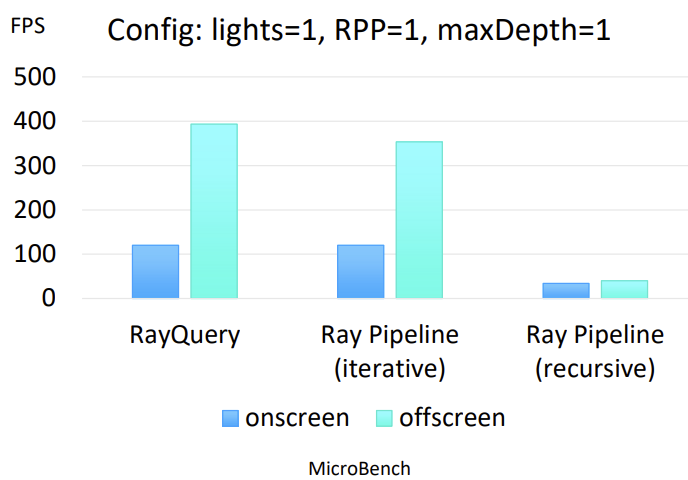
لتنفيذ تقنية "تتبُّع أشعة الضوء" على Android باستخدام Vulkan، تم مراعاة طريقتَين أساسيتَين: طلبات البحث عن الأشعة وعمليات معالجة الأشعة. وقدّمت طلبات البحث عن الأشعة أسلوبًا أبسط، ما يتيح إدارة الأشعة يدويًا ضمن أدوات التظليل، وكان من السهل دمجها في الأنظمة الحالية.
ومع ذلك، قدّمت قنوات أشعة الضوء حلًا أكثر قابلية للتوسع، ما سمح لفوليكان بإدارة عبور الأشعة وتقاطعها. على الرغم من أنّ طلبات الأشعة كانت في البداية أسرع قليلاً في المشاهد البسيطة، أظهرت قنوات الأشعة قابلية توسيع نطاق أفضل وأداءً أفضل لتطبيقات تتبُّع الأشعة الأكثر تعقيدًا، ما يجعلها خيارًا أفضل للتطوير على المدى الطويل والطلبات المرئية المعقدة. لقد اخترنا موازنة سهولة التطوير الأولي مع قابلية التوسيع في المستقبل والأداء العميق بشكل عام، مع التركيز على سلامة المظهر المرئي للعبة على المدى الطويل.
تكييف تقنية Lumen في Unreal Engine 5 للأجهزة الجوّالة: مهمة ضخمة
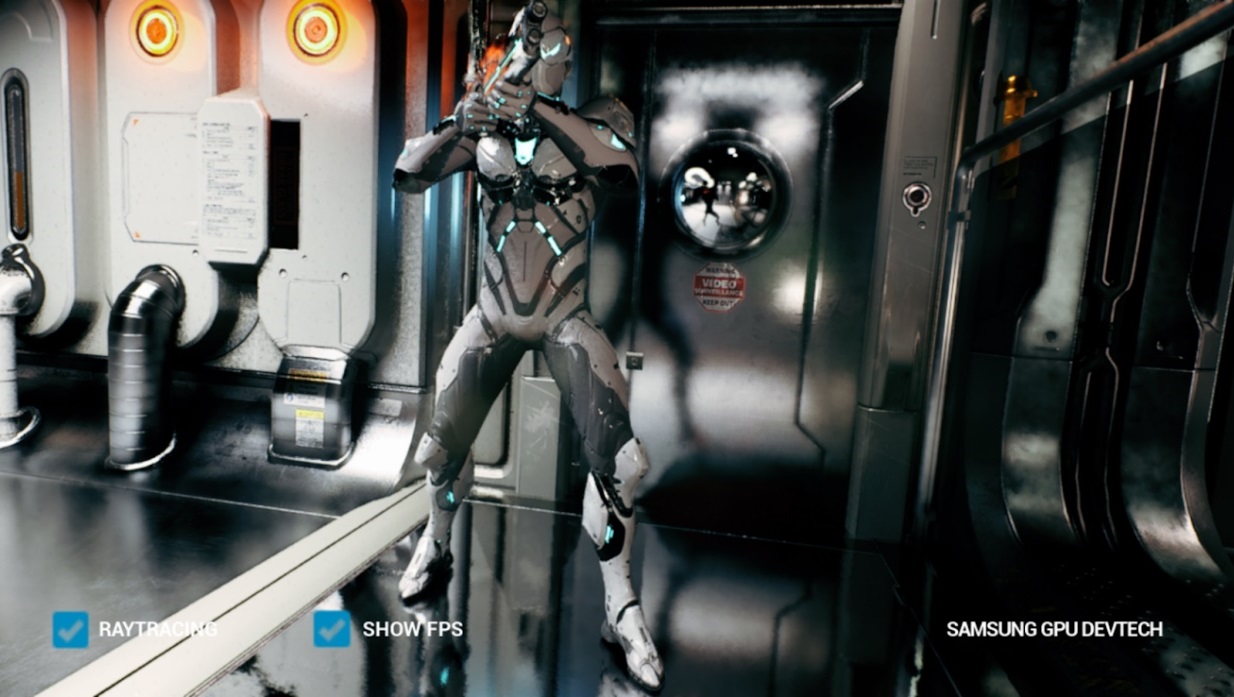
غيّر نظام Lumen في Unreal Engine 5، وهو نظام إضاءة وانعكاس عام في الوقت الفعلي، من الإضاءة في بيئات الألعاب. ومع ذلك، تم تصميمه في الأصل للكمبيوترات المكتبية ووحدات التحكّم بالألعاب العالية الأداء، وليس للأجهزة الجوّالة. شكّلت طلبات Lumen المعقدة والموارد المطلوبة تحديًا كبيرًا لعملية دمج الأجهزة الجوّالة. تطلبت عملية تكييف Lumen لنظام التشغيل Android إجراء تعديلات كبيرة على مسار معالجة العروض وبرنامج تجميع البرامج النصية في Unreal Engine 5، بالإضافة إلى تحسين Acceleration Structures (AS) لإدارة بيانات المشهد المعقّدة بكفاءة. كان هدف الفريق هو سد الفجوة، ما يتيح للأجهزة الجوّالة التعامل مع العمليات المعقدة لقياس الإضاءة في Lumen بدون التأثير في الأداء أو الثبات. ساهمت جهود التكيف هذه أيضًا في قاعدة بيانات Unreal Engine الرسمية، ما يعود بالفائدة على منتدى تطوير الألعاب الأوسع نطاقًا ويعزّز إمكانات التقديم المرئي على الأجهزة الجوّالة.
الظلال والانعكاسات باستخدام تقنية "تتبُّع أثر الشعاع": تحسين المرئيات الواقعية
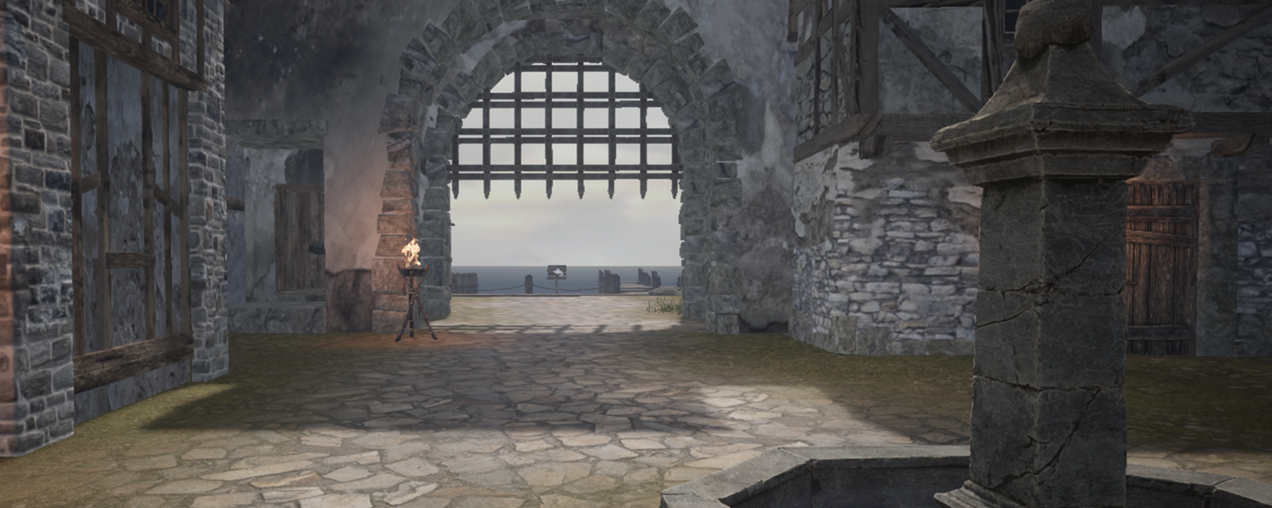

يتضمن تنفيذ ميزة "تتبُّع أشعة الضوء" تتبُّع أشعة الضوء مباشرةً من السطوح إلى مصادر الضوء، ما يقدّم دقة أعلى مقارنةً بتكنولوجيا "خرائط الظل" التقليدية. وتضمنت العملية عملية تمويه مسبقة للعمق، وظلالاً لطلبات البحث عن الأشعة، وإزالة الضوضاء، ودمجها في عملية الإضاءة. تمّت إضافة الظلال الناعمة بكفاءة باستخدام شعاع واحد مع تشويش متكرّر متبوعًا بإزالة الضوضاء. بالنسبة إلى الانعكاسات، نفَّذ الفريق عملية متعددة المراحل تشمل تمريرة G-buffer، وتتبع الأشعة للانعكاس وتخزين بيانات الارتطام، وتحويل معرّف المادة، ومرحلة المعالجة (إنشاء الصورة المنعكسة)، ومرحلة الدمج (دمج الانعكاسات في المشهد الرئيسي). أدّت التحسينات، مثل إعادة قراءة وحدة المعالجة المركزية (CPU) والطرق المُقسّمة وتجميع النُسخ وعمليات إنشاء AS غير المتزامنة، إلى تحسين الأداء بشكلٍ كبير وتقليل النفقات العامة، ما يعالج الطبيعة المستهلكة للموارد لهذه العمليات على الأجهزة الجوّالة.
تأثير الأداء واستراتيجيات التحسين


كان تأثير تقنية "تتبُّع أشعة الضوء" في الأداء، خاصةً مع الانعكاسات، يعتمد بشكلٍ كبير على المشهد. في المشاهد التي تحتوي على مساحات عاكسة كبيرة، يمكن أن تستهلك الانعكاسات جزءًا كبيرًا من وقت عرض اللقطة (من %30 إلى %40). كانت التحسينات حاسمة لجعل تقنية "تتبُّع أشعة الضوء" قابلة للاستخدام. استخدَم الفريق العديد من الأساليب لمحاولة تقليل الوقت المستغرَق في العمليات غير الضرورية وزيادة الكفاءة: استخدام أسلوب عرض يستند إلى الوحدات المربّعة لتقليل الوقت المستغرَق في العمليات غير الضرورية، وتجميع نُسخ من المادة والأشكال الهندسية نفسها لتقليل عدد عمليات الرسم، وإنشاء "هياكل التسارع" للأشكال الهندسية المرئية فقط، واستخدام العمليات الحسابية غير المتزامنة لإنشاء "هياكل التسارع". تقلّل هذه الاستراتيجيات بشكل كبير من وقت المعالجة وتقليل عبء وحدة معالجة الرسومات، ما يجعل ميزة "تتبُّع أشعة الشمس" في الوقت الفعلي ممكنة على الأجهزة الجوّالة.
مراجع إضافية
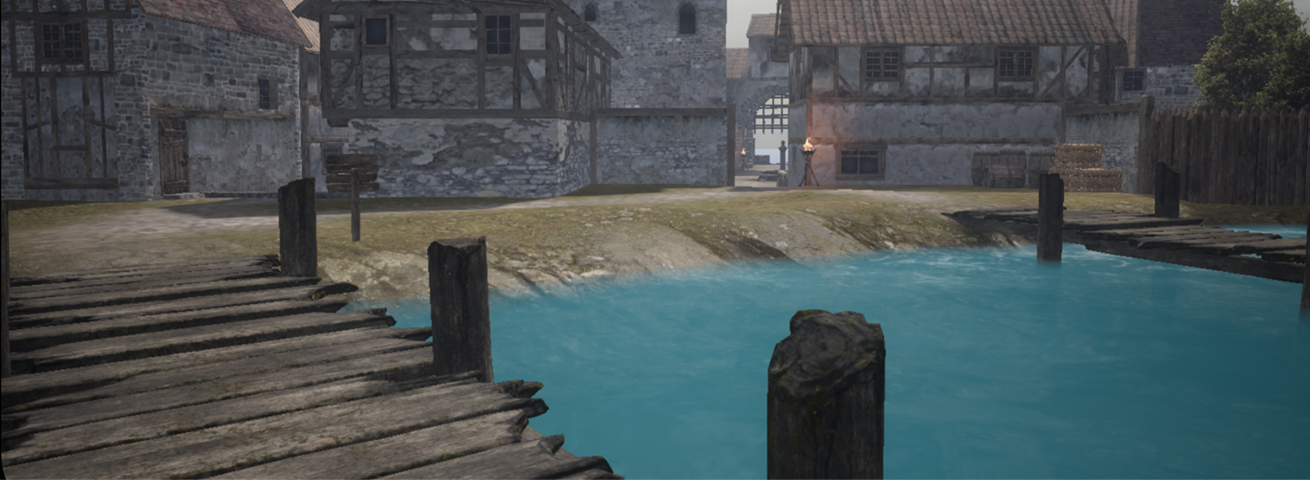

أثبت فريق Samsung DevTech ولعبة Abyss of Dungeons من Krafton أنّه من الممكن استخدام تقنيات التقديم المتقدّمة، مثل تتبع الأشعة، على الأنظمة الأساسية للأجهزة الجوّالة من خلال عمليات التكيّف والتحسينات الاستراتيجية. ونجح الفريق في تكييف نظام Lumen في Unreal Engine 5 وتنفيذ حلول عرض مخصّصة وحلّ العديد من العقبات الفنية لتقديم تجربة ألعاب محسّنة من الناحية المرئية. لم تؤدّ هذه المحاولة إلى تحسين الدقّة المرئية في Abyss of Dungeons فحسب، بل قدمت أيضًا إحصاءات وأساليب قيّمة لأجل تطوير الألعاب المستقبلية على الأجهزة الجوّالة. ويُبرز هذا الحدث مدى فعالية التعاون بين مطوّري الألعاب وموفّري التكنولوجيا من أجل ابتكار تجارب ألعاب متقدّمة على الأجهزة الجوّالة، وجعلها قريبة من الجودة التي توفّرها أجهزة الكمبيوتر الشخصي ووحدات التحكّم في الألعاب.

